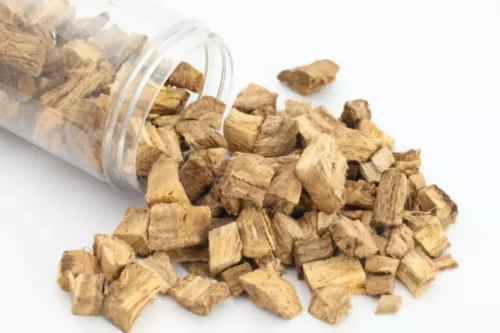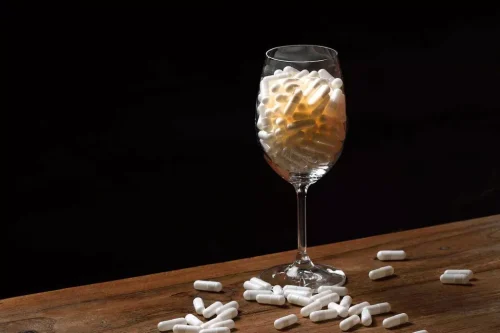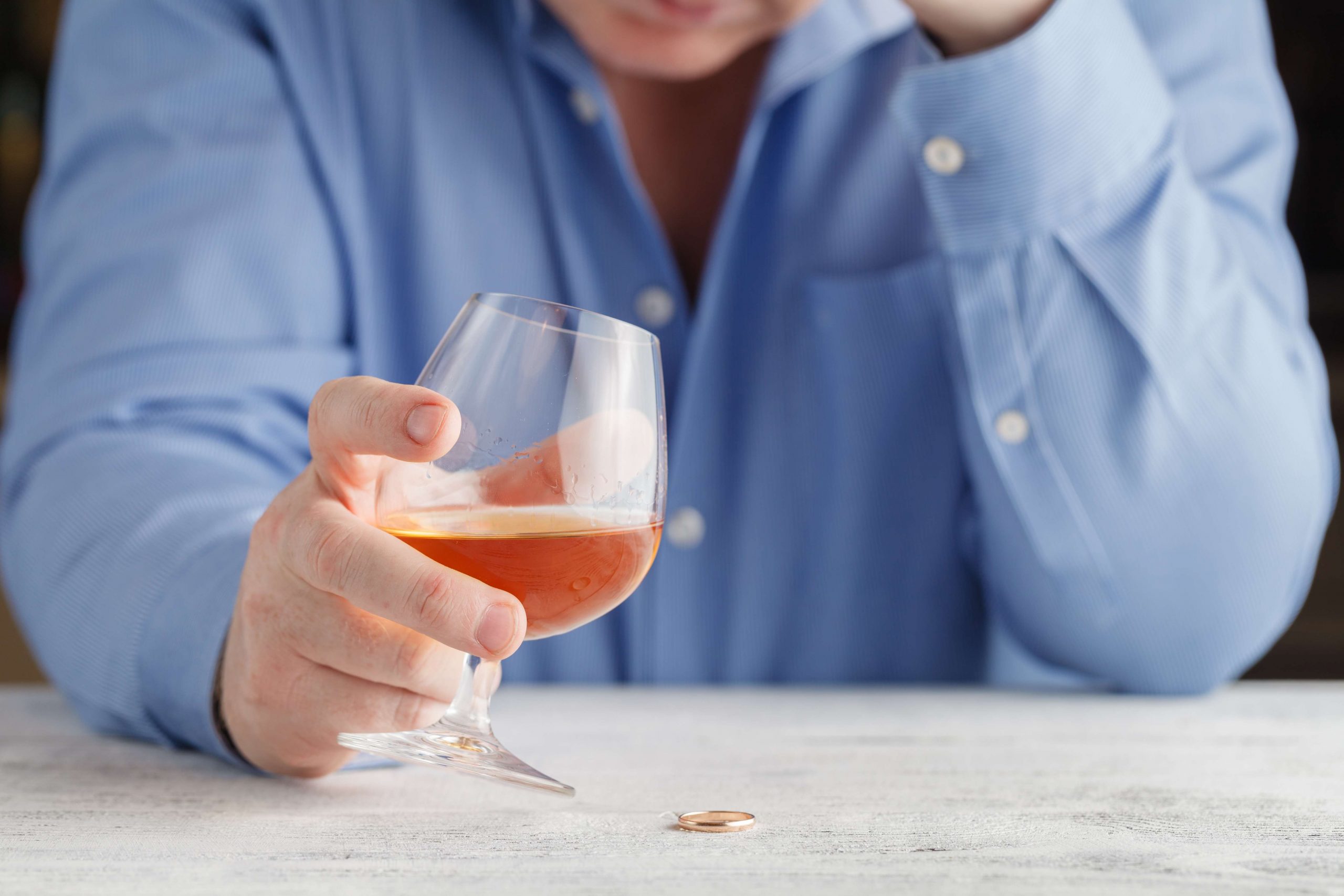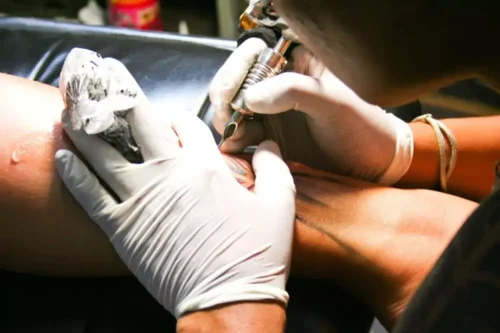It’s not unusual for individuals in recovery to find that they’re now able to express their feelings, concerns, and needs more effectively, leading to http://www.silencedead.com/page.php?id=349 healthier and more supportive relationships. Besides therapy, there are numerous resources available for those on their sober journey. Support groups like Alcoholics Anonymous (AA) or Narcotics Anonymous (NA) provide a community of individuals who share similar experiences and challenges, offering mutual support. Furthermore, some might opt for medically assisted treatment (MAT) to manage withdrawal symptoms and cravings, under professional supervision.
Our Vision: To foster our community as the healthiest in the nation.
Sobriety brings higher levels of energy and motivation, enabling individuals to pursue their goals and aspirations with renewed vigor. Acknowledging and celebrating the hard work of recovery is helpful for keeping you motivated and reminding you why you took this brave step toward sobriety in the first place. Instead, focus on things, experiences, and activities that will support your new, healthy lifestyle. Even those overcoming drug use should avoid alcohol to prevent replacement addiction or to further relapse prevention skills and instead focus on the development of their sober lifestyle. While we might think a little “liquid courage” improves our ability to communicate, making us feel bold and brave, the opposite is typically true. Not drinking improves communication skills, and for those who have dealt with addiction and alcoholism, it offers an opportunity to rebuild trust and repair damaged relationships.
Digital Health and Wearable Devices
If you have wondering, “Should I go sober”, beginning this journey can be life-changing but challenging. As individuals grapple with the decision to abstain from substances, they may find themselves questioning why being sober is better. Those confronted by uncertainties like this should consider doubling down on some key reasons to get sober and stay sober. By Julia Childs Heyl, MSWJulia Childs Heyl, MSW, is a clinical social worker and writer.
Relationships with Family and Friends
Having a support system of like-minded individuals can be helpful in dealing with social pressure. It’s also important to have a plan for handling situations where drugs or alcohol are present. Additionally, eating a balanced diet and exercising regularly can help improve physical and mental health.
- Investigators hypothesize that something about the ALDH2 genotype prevents the early onset of female alcoholism.
- If you or someone you love is struggling with addiction and are ready to live a sober life, contact The Recovery Village.
- Staying sober offers numerous benefits for your physical, mental, and emotional well-being.
- “The benefit of disclosing to loved ones is determined by the sober person and informed by their specific circumstances,” says Jackson.
- There’s the sense that if you’re not usingdrugsor alcohol, somehow life is boring or uninteresting.
- Plus, learn why it can be so beneficial for your own recovery journey to share your story.
Q. How can I manage stress and anxiety without turning to substances?
Lastly, the impact of sobriety on relationships is a testament to personal growth. As you develop coping mechanisms to deal with stress and triggers without turning to substances, you emerge as a stronger, more resilient person. This personal development is often mirrored in the quality of your relationships, leading to more fulfilling and lasting connections. Embracing sobriety as a journey towards personal freedom involves a holistic approach. It’s about nurturing your physical health, developing emotional resilience, and fostering connections with others who support your sobriety. Each step you take on this journey not only moves you away from dependence on substances but also towards a life filled with choices that are genuinely yours to make.

Can You Be Sober and Still Drink?
Here at Sandstone Care, we know what it’s like to go through the healing process and come out on the other side. Celebrating someone’s sobriety can take many forms, depending on the relationship with the individual and where https://off-road74.ru/snark/photocross/snark/en/ they are in their recovery journey. While unfortunate, relapse is a possibility for anyone attempting a sober life. For some, setting small goals can help keep an individual progressing by allowing them to feel the weight of each step.

People in recovery can experience a lot of shame simply for having become addicted in the first place. If PAWS is severe or if you’re experiencing prolonged symptoms, a medical professional can help you work through them and remain in recovery without relapse. Depending on the type of dependency, PAWS can last from six months to two years after you stop using drugs or alcohol. Remember to set achievable goals that can help you build confidence in your ability to overcome your http://modnaya.ru/shop/aliexpress/2003-1/200000532/200000663/Costumes-Accessories.htm addiction. The three pillars of sobriety include education, support, and treatment. Drinking non-alcoholic beer can not only break sobriety, but it can also open an individual up to other dangers such as peer pressure and cravings.













